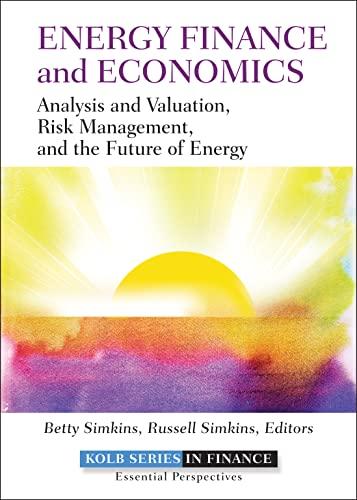a a. A bond that has $1,000 par value (face value) and a contract or coupon interest rate of 6 percent. A new issue would have a floatation cost of 8 percent of the $1,145 market value. The bonds mature in 7 years. The firm's average tax rate is 30 percent and its marginal tax rate is 35 percent b. A new common stock issue that paid a $1.20 dividend last year. The par value of the stock is $15, and earnings per share have grown at a rate of 11 percent per year. This growth rate is expected to continue into the foreseeable future. The company maintains a constant dividend-earnings ratio of 30 percent. The price of this stock is now $24, but 7 percent flotation costs are anticipated. c. Internal common equity when the current market price of the common stock is $49. The expected dividend this coming year should be $3.40, increasing thereafter at an annual growth rate of 12 percent. The corporation's tax rate is 35 percent. d. A preferred stock paying a dividend of 12 percent on a $100 par value. If a new issue is offered, flotation costs will be 12 percent of the current price of $163. (Individual or component costs of capital) Compute the cost of the following: a. A bond that has $1,000 par value (face value) and a contract or coupon interest rate of 6 percent A new issue would have a floatation cost of 8 percent of the $1,145 market value. The bonds mature in 7 years. The firm's average tax rate is 30 percent and its marginal tax rate is 35 percent b. A new common stock issue that paid a $1.20 dividend last year. The par value of the stock is $15, and earnings per share have grown at a rate of 11 percent per year. This growth rate is expected to continue into the foreseeable future. The company maintains a constant dividend earnings ratio of 30 percent. The price of this stock is now $24 but 7 percent flotation costs are anticipated C. Internal common equity when the current market price of the common stock is $49. The expected dividend this coming year should be $a 40 increasing thereafter at an annual growth rate of 12 percent. The corporation's tax rate is 35 percent d. A proferred stock paying a dividend of 12 percent on a $100 par value. If a new sue is offered, flotation costs will be 12 percent of the current price of 5163 e. A bond selling to yield 12 percent after flotation costs, but before adjusting for the marginal corporate tax rate of 35 percent. In other words, 12 percent is the rate that equates the nel proceeds from the bond with the present value of the future cash flows (principal and interest) a. What is the firm's after-tax cost of debt on the bond? 3.3 % (Round to two decimal places) n2 b. What is the cost of external common equity? % (Round to two decimal places)









